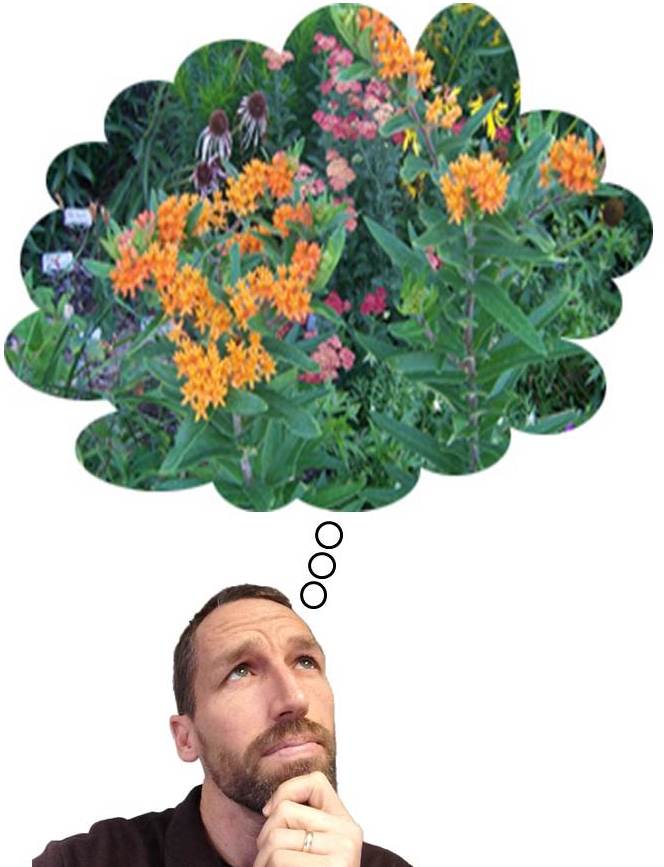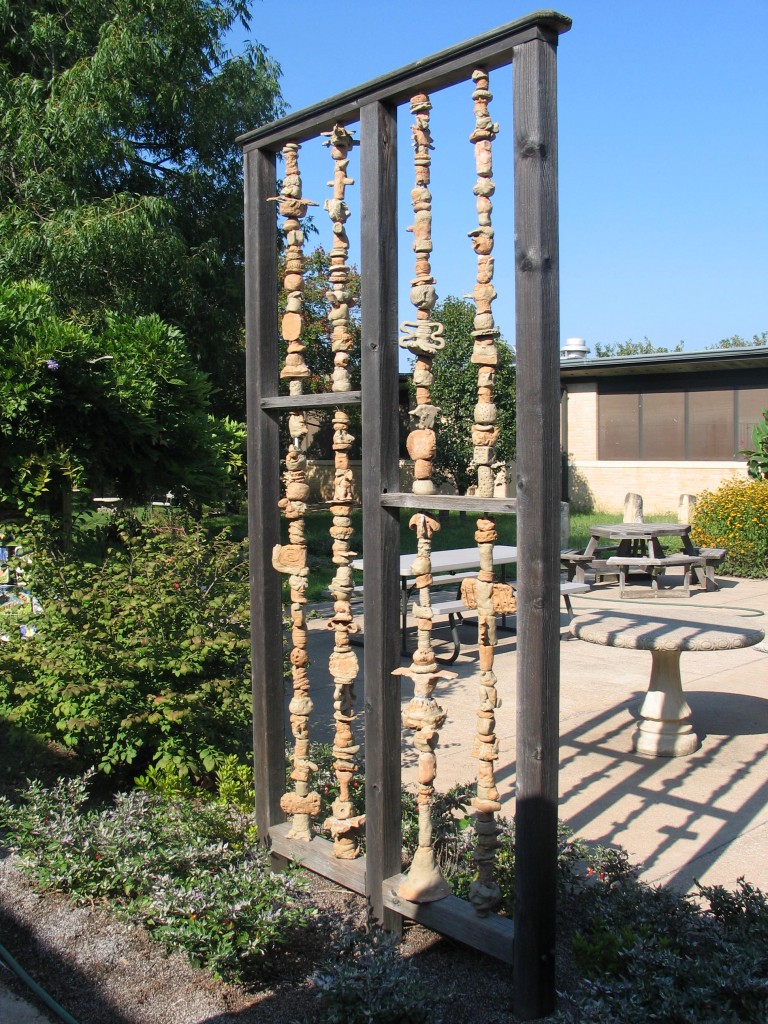
We are near the longest nights of the year when your landscape is cold, brown, and sometimes snowy with few creatures stirring. But soon, if not already, you will be having visions of coneflowers and ground plums dancing in your head.
Since landscaping labor is not taking up your free time at the moment, now is the perfect time to be thinking about and planning the logistics of your spring or fall prairie garden.
Here are a few things you can be doing during the months of winter to prepare for your prairie garden:
Identify Desired Area
Identify the area you want to plant and measure the square footage. With a generally recommended planting rate of one plant/2-4 sq. ft., knowing your planting area will allow you to estimate the number of plants you need and help establish a budget (~$4/plant).
Install Edging
Edging around your prairie garden is not only aesthetically pleasing, but functionally critical to establish where you should stop weeding and start mowing. Garden center options include plastic, metal, wood, or brick, but my favorite is Kansas limestone. A good source in Central Kansas is the Florence Rock Quarry where I last acquired an inexpensive load for $20.50/ton.
Acquire Mulch
Mulch is essential to reduce water and nutrient competition for new prairie plants, reduce weeds, and slow soil moisture loss. Garden center mulch is always available in easy-to-transport bags but, you also have to pay for it. Many municipalities offer free self-serve mulch or a friendly request to a local tree-trimming contractor may get a pile delivered right to your desired location. A layer of newspaper under the mulch will give a bit more biodegradable weed protection in the first year.
Plan for Bermuda Grass Eradication
Believe me, you don’t want it in your prairie garden. If your site gets plenty of sun you most likely have it; delay your planting till late summer so you can eradicate this species during its growing season. This is the one scenario for which I use herbicide and plan for two to three glyphosate treatments (e.g., Roundup) in the months of June-September to eliminate this very difficult-to-weed warm-season grass.
Hardscape Features
Water features and feeders attract wildlife, seating allows you to relax in your garden, and weatherproof artwork adds beauty.

Petersen Elementary’s Artwork by Erin Dresher Dowell
Consider Sun Exposure and Other Notable Features
Sun exposure and notable features that affect soil moisture such as low spots or downspouts will affect your plant choices. Consider structures or tree canopies that will block sunlight anywhere from straight overhead to about 45 degrees off the southern horizon. Prairie plants can thrive with at least six hours of sunlight. With less sunlight you should consider more shade-tolerant woodland understory species. Water from downspouts will wash away mulch.

Consider the amount of sunlight your garden area receives (Source: https://commons.wikimedia.org/wiki/File:Solar_altitude.svg)
Pick Plants
Peruse our Dyck Arboretum plant library and keep an eye out for our spring and fall plant sale lists. Have fun choosing the plants that fit your preferences with regard to season of bloom, flower color, height, dormant season texture and color, wildlife attraction, and more. See our website for further tips and ideas on landscaping with native plants.
Attention to these items in advance will make your native landscaping endeavor much more successful and enjoyable. Enjoy your winter planning during the darkest days of winter and signs of spring will be here before you know it!




